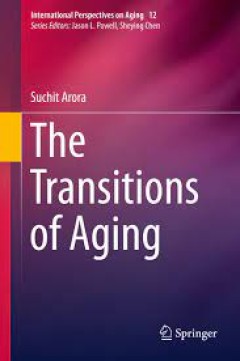Filter by

The Transitions of Aging
This book explores the unresolved paradox at the heart of population aging, namely how to account for the fact that death rates from most non-communicable diseases rise as people age, yet aggregate death rates from such diseases have decreased overall despite an increasingly aging population. It provides a long-term historical perspective on this issue, presenting evidence that the underpinning…
- Edition
- -
- ISBN/ISSN
- 978-3-319-14403-0
- Collation
- -
- Series Title
- -
- Call Number
- -

The Transitions of Aging
om its first stage where the threat of infectious diseases loom large, through the transitional stage, and on to the modern era, where non-communicable diseases are the primary cause of death. Next, the book examines the age-profiles of people whose childhoods coincide with the different stages of the Epidemiologic Transition. Using data from England and Wales, one of the few places that have …
- Edition
- -
- ISBN/ISSN
- 978-3-319-14403-0
- Collation
- -
- Series Title
- -
- Call Number
- -
 Computer Science, Information & General Works
Computer Science, Information & General Works  Philosophy & Psychology
Philosophy & Psychology  Religion
Religion  Social Sciences
Social Sciences  Language
Language  Pure Science
Pure Science  Applied Sciences
Applied Sciences  Art & Recreation
Art & Recreation  Literature
Literature  History & Geography
History & Geography